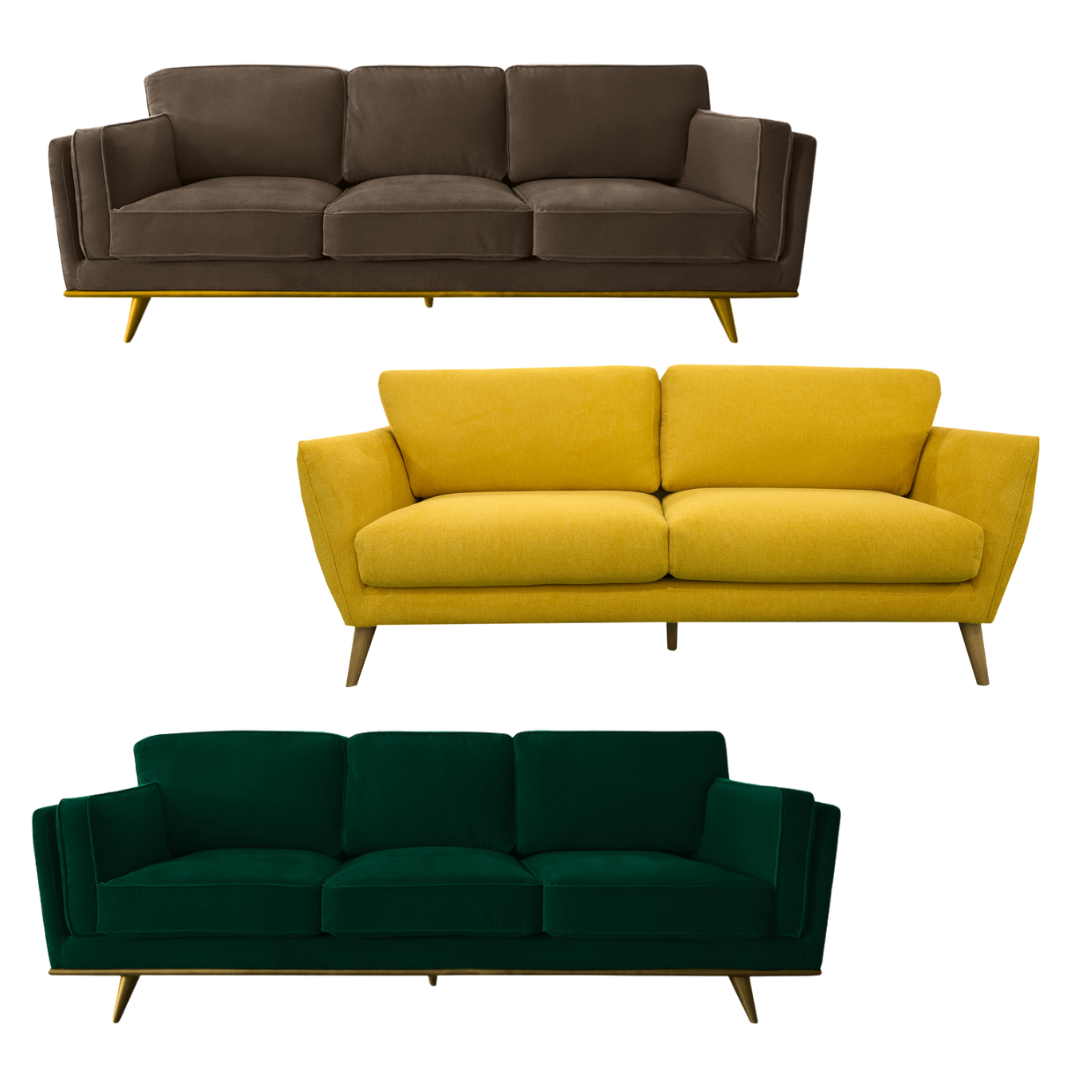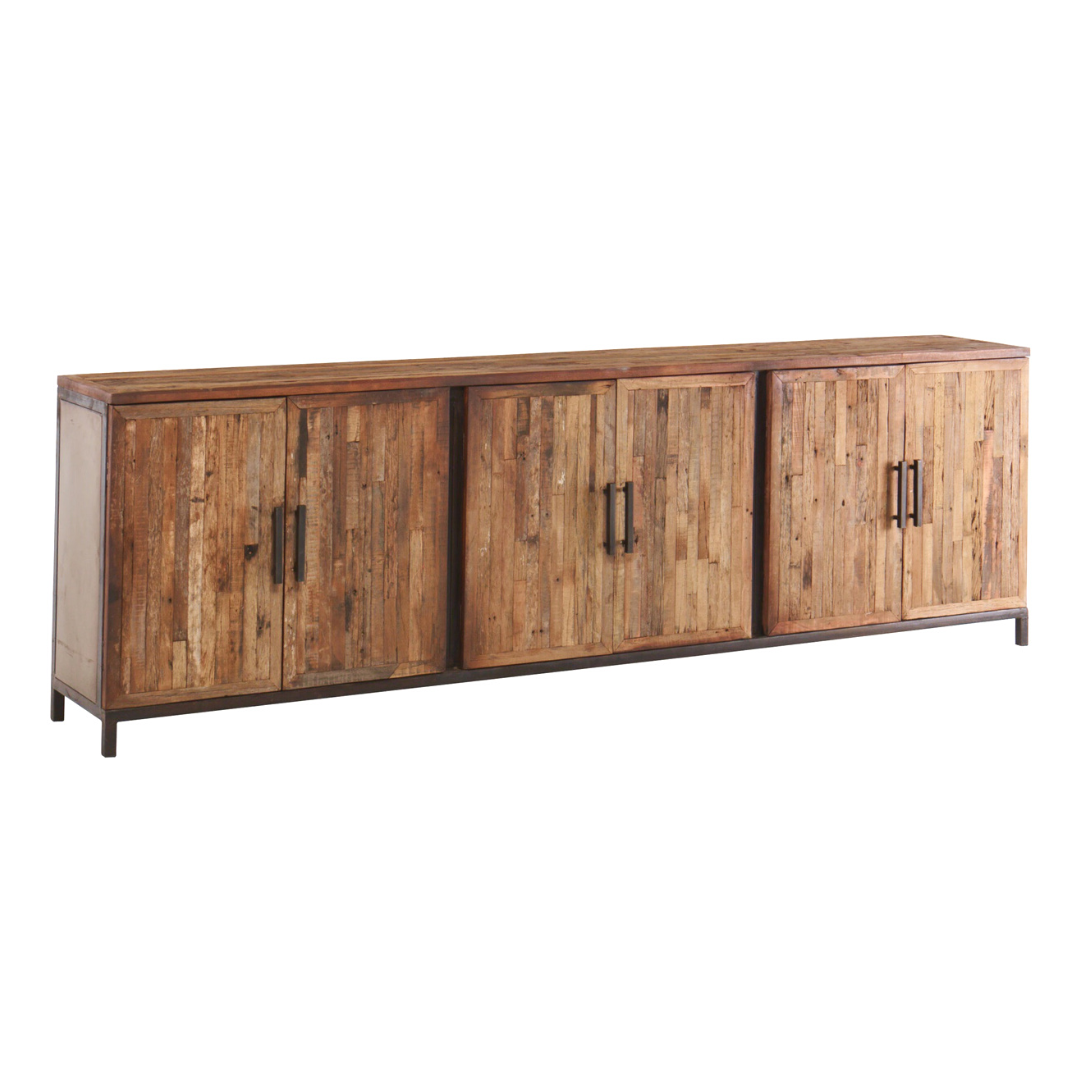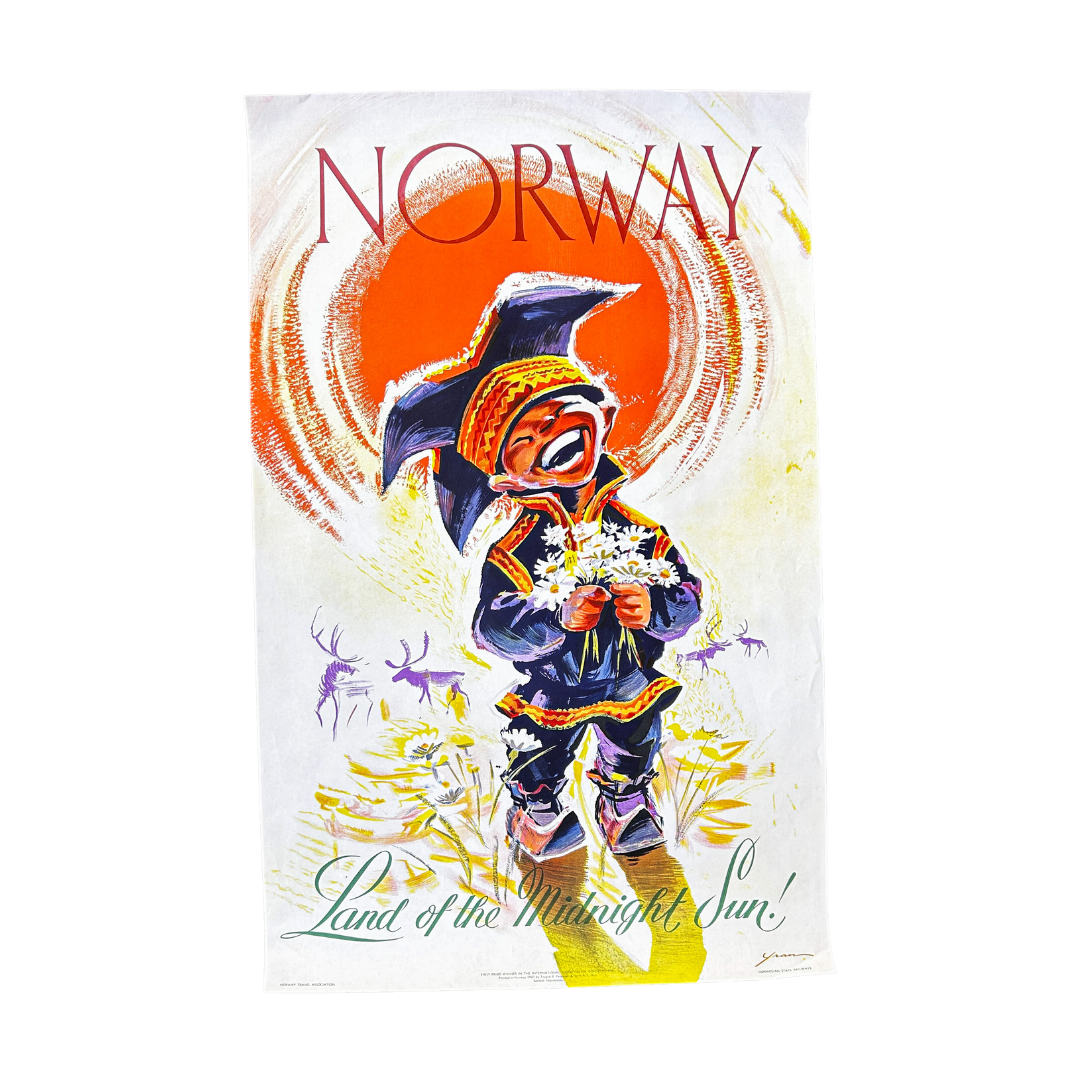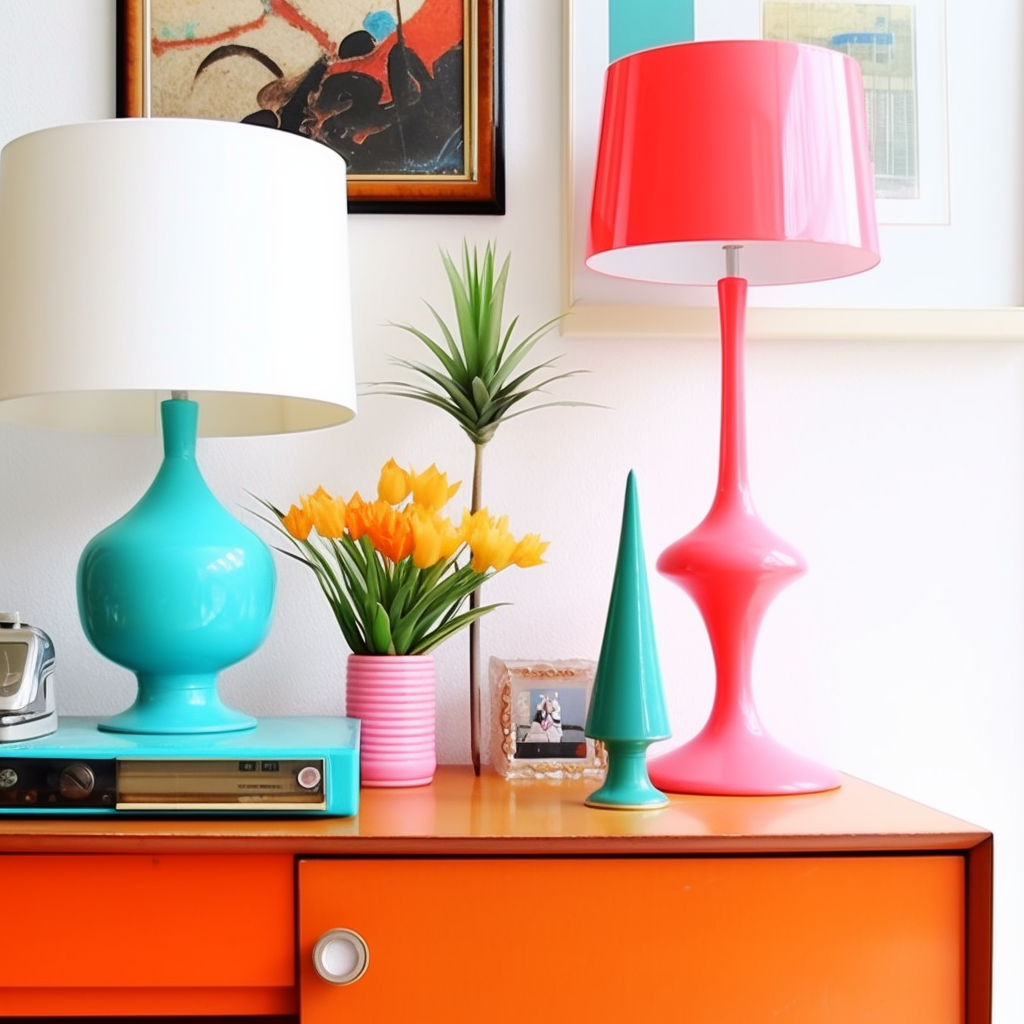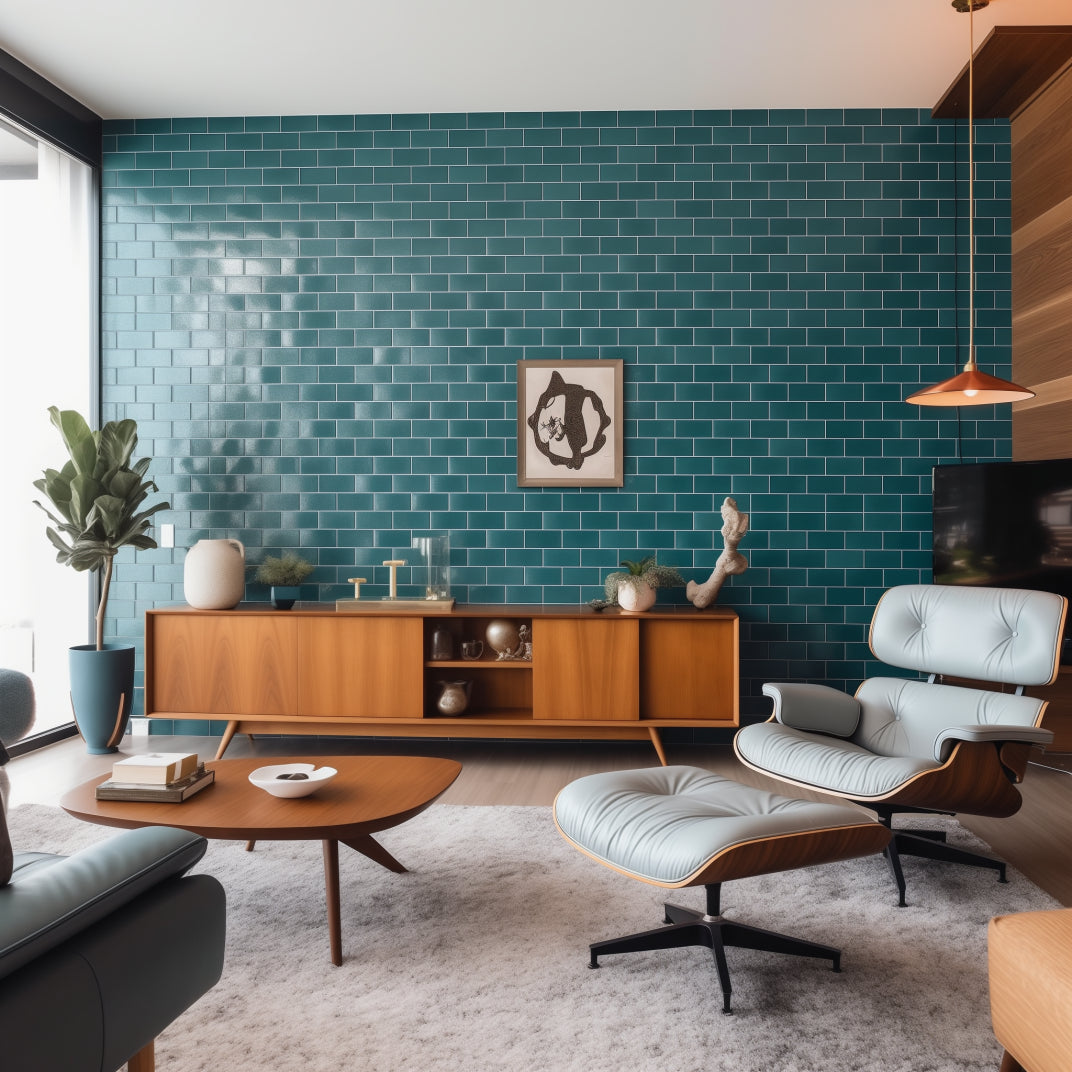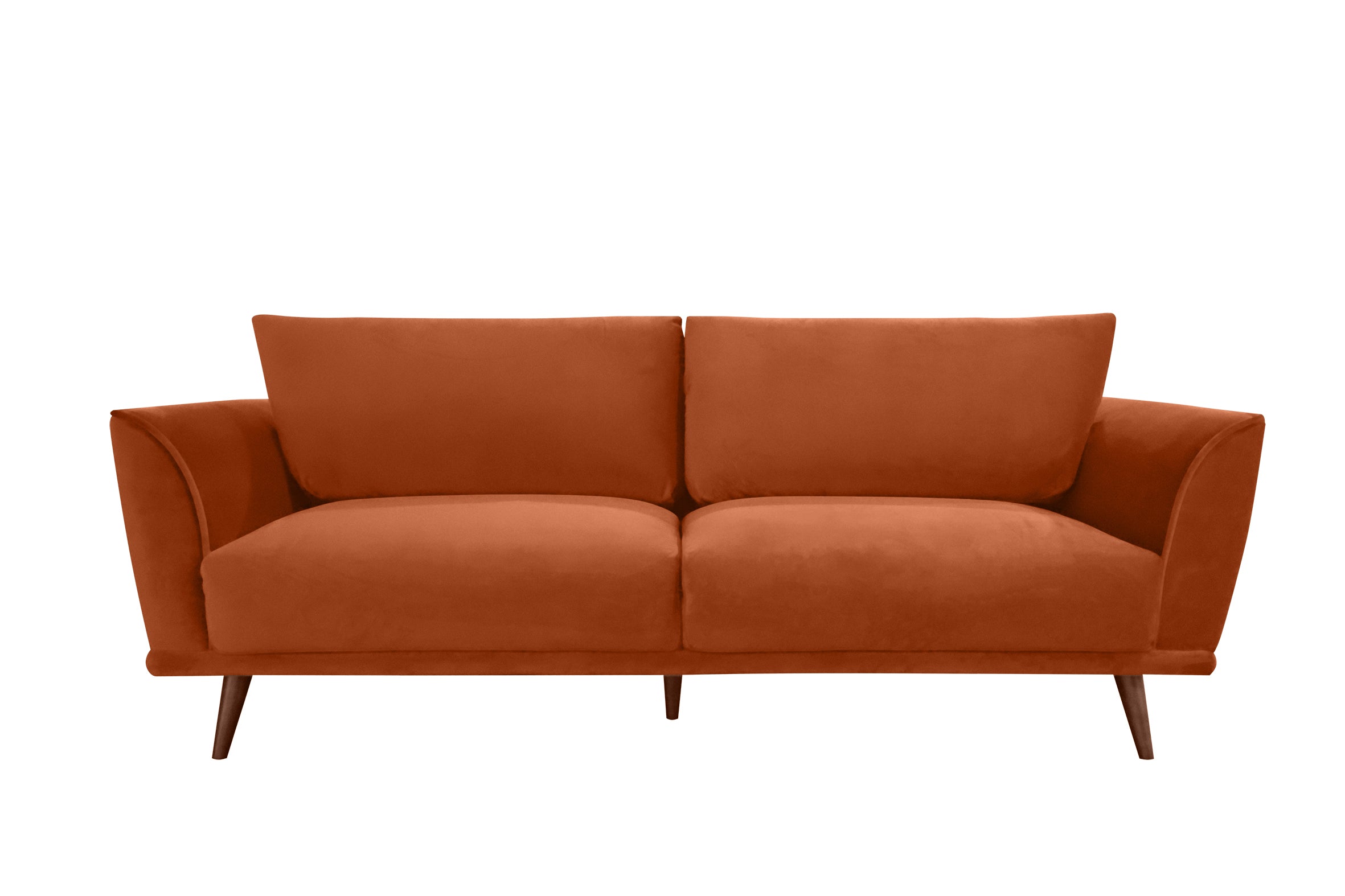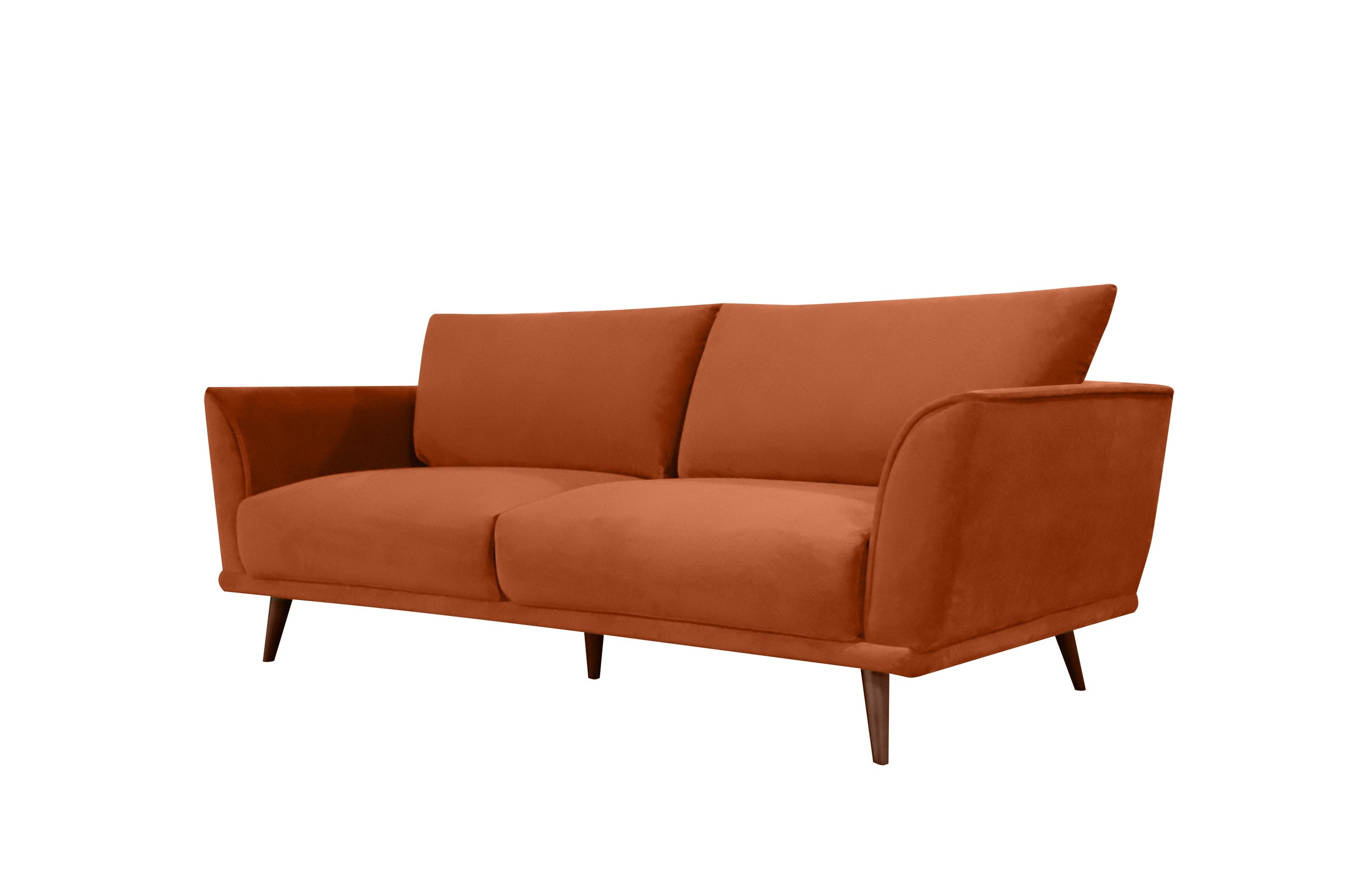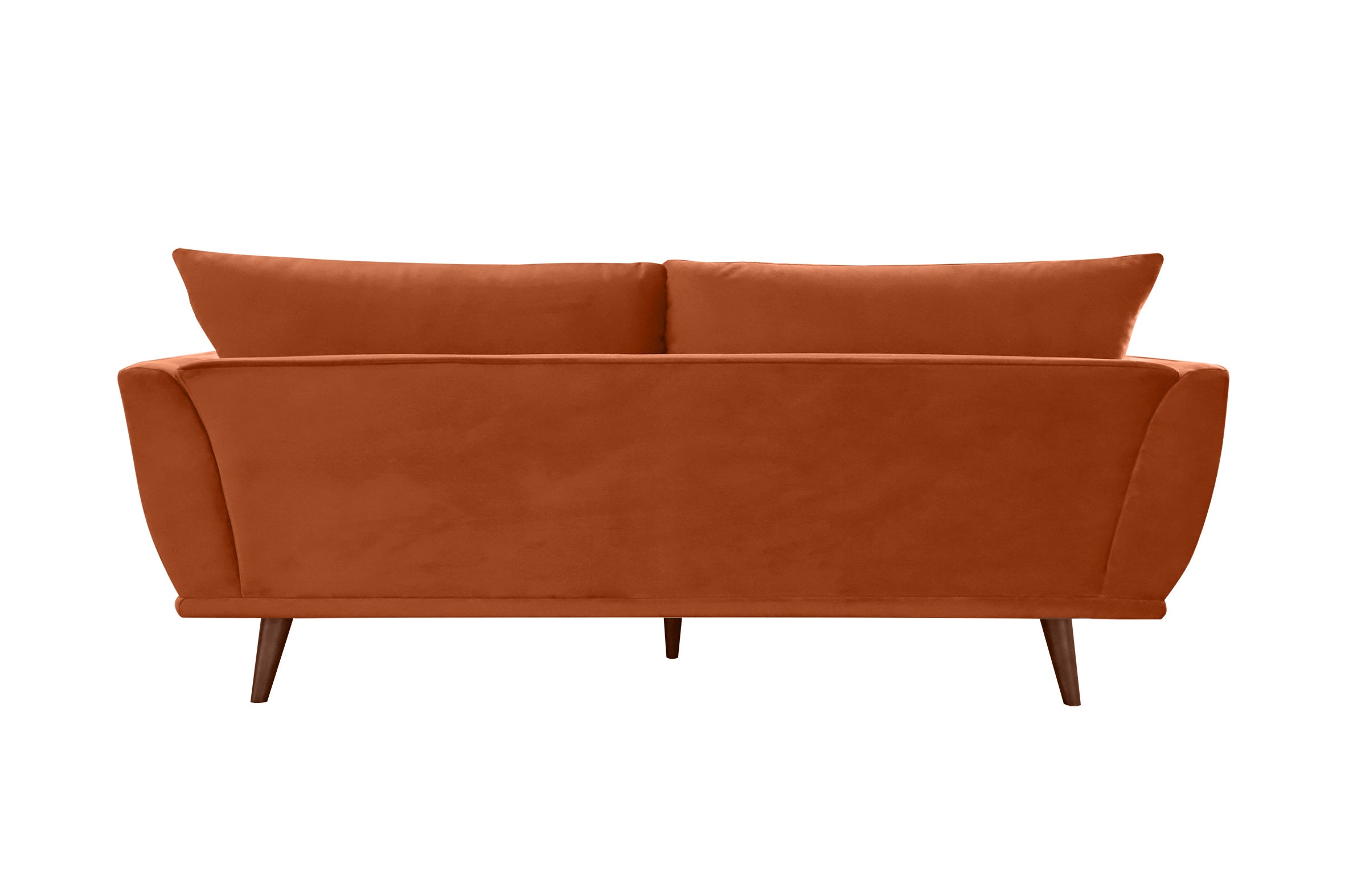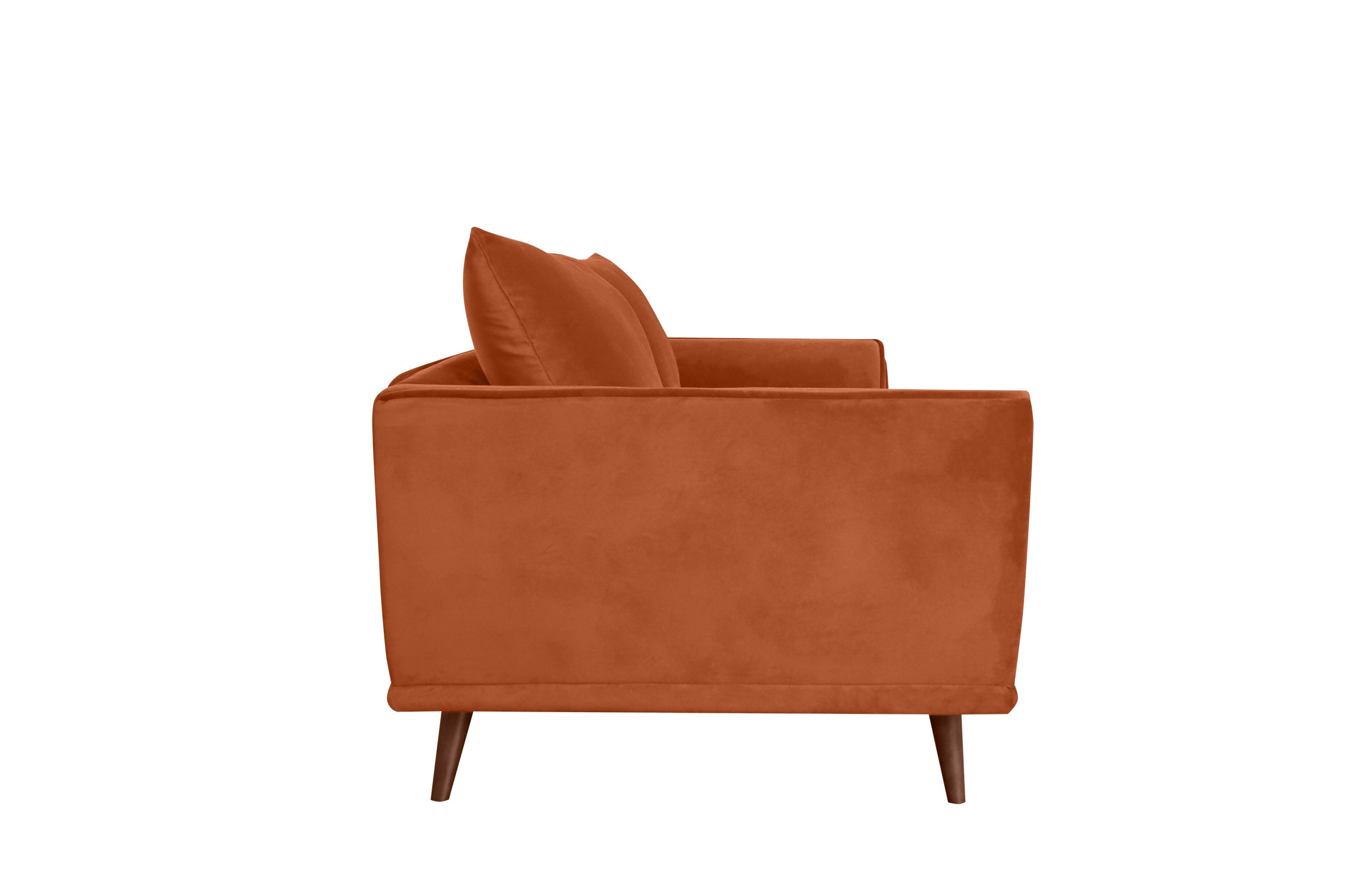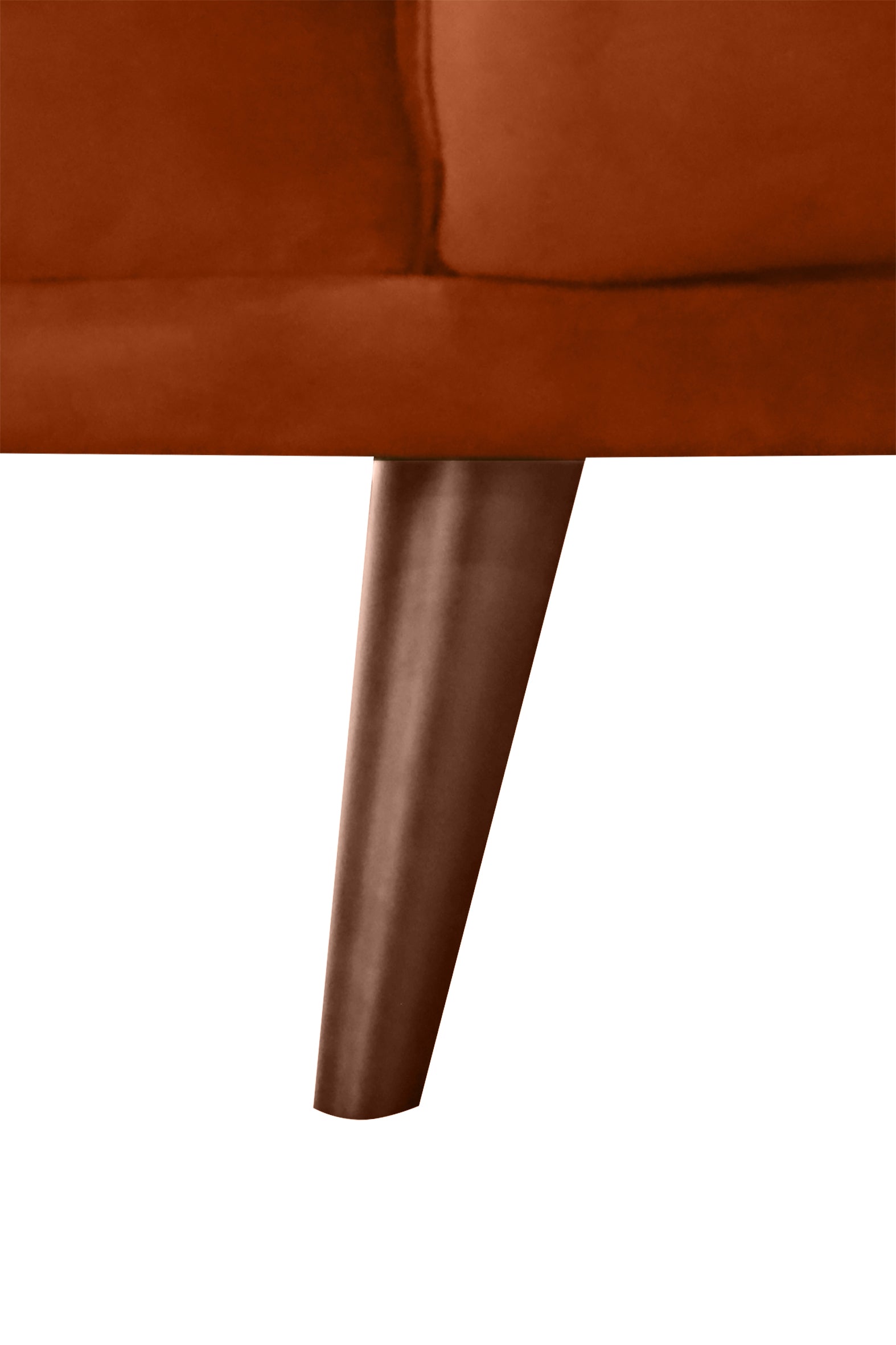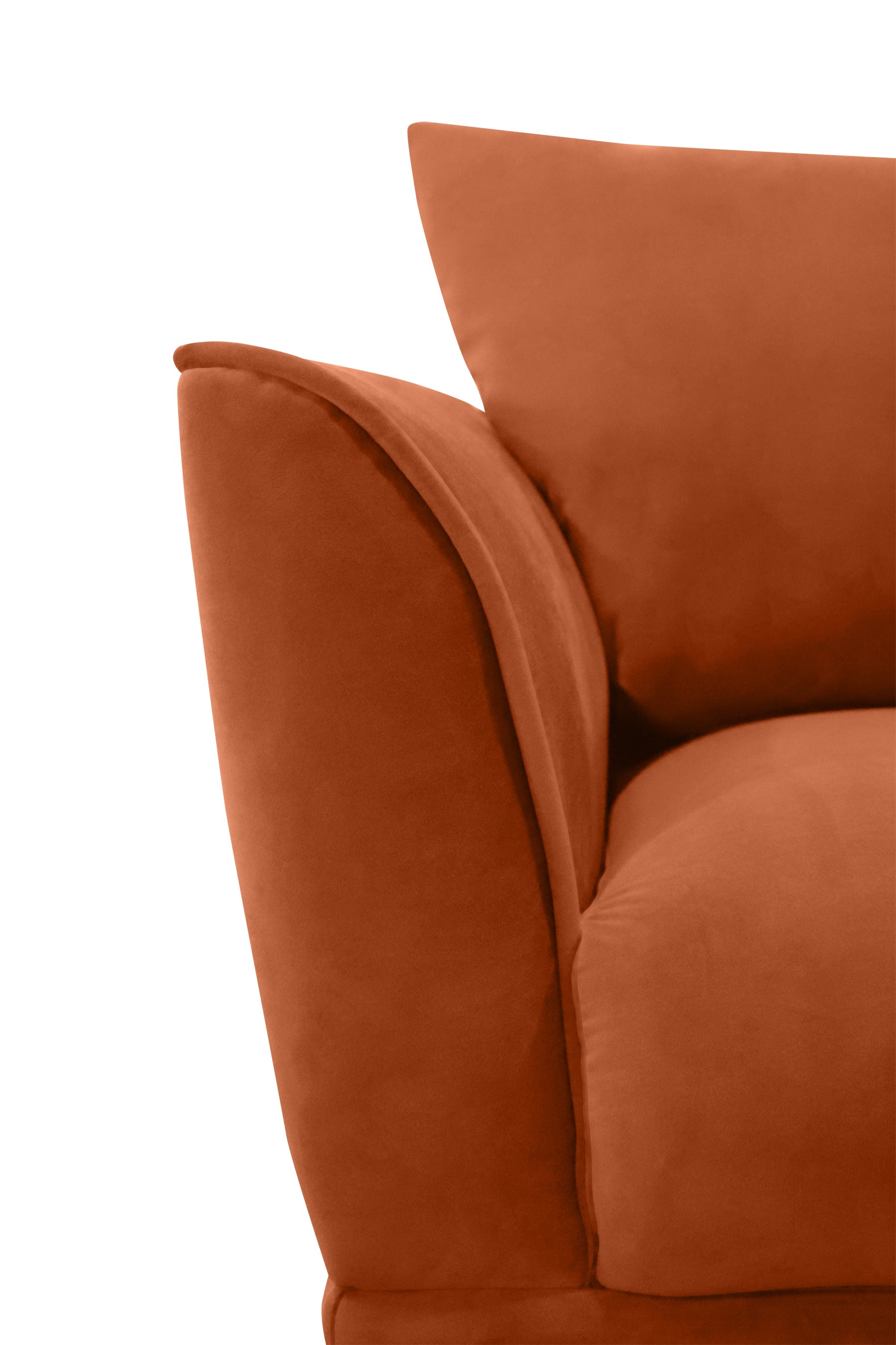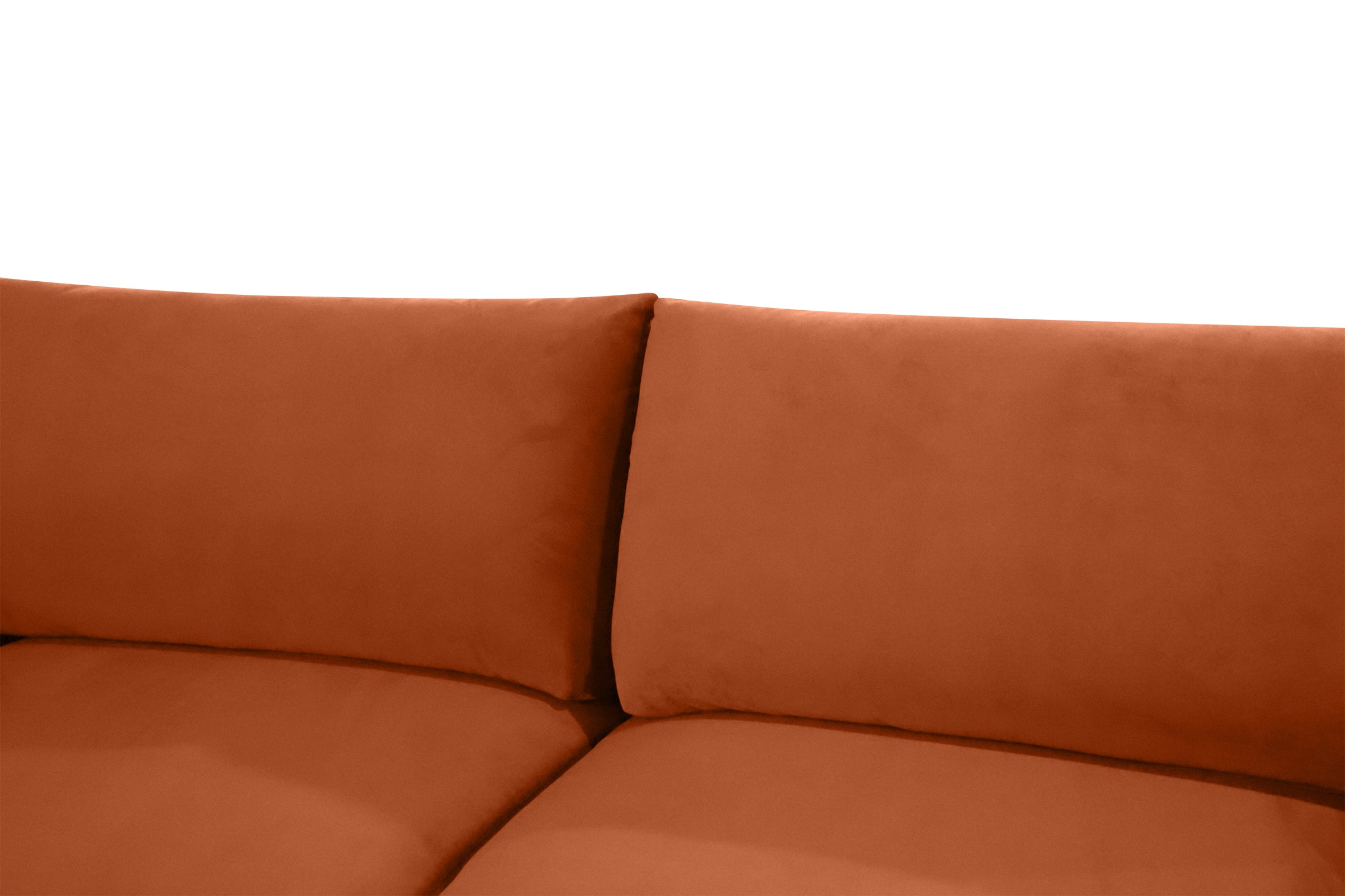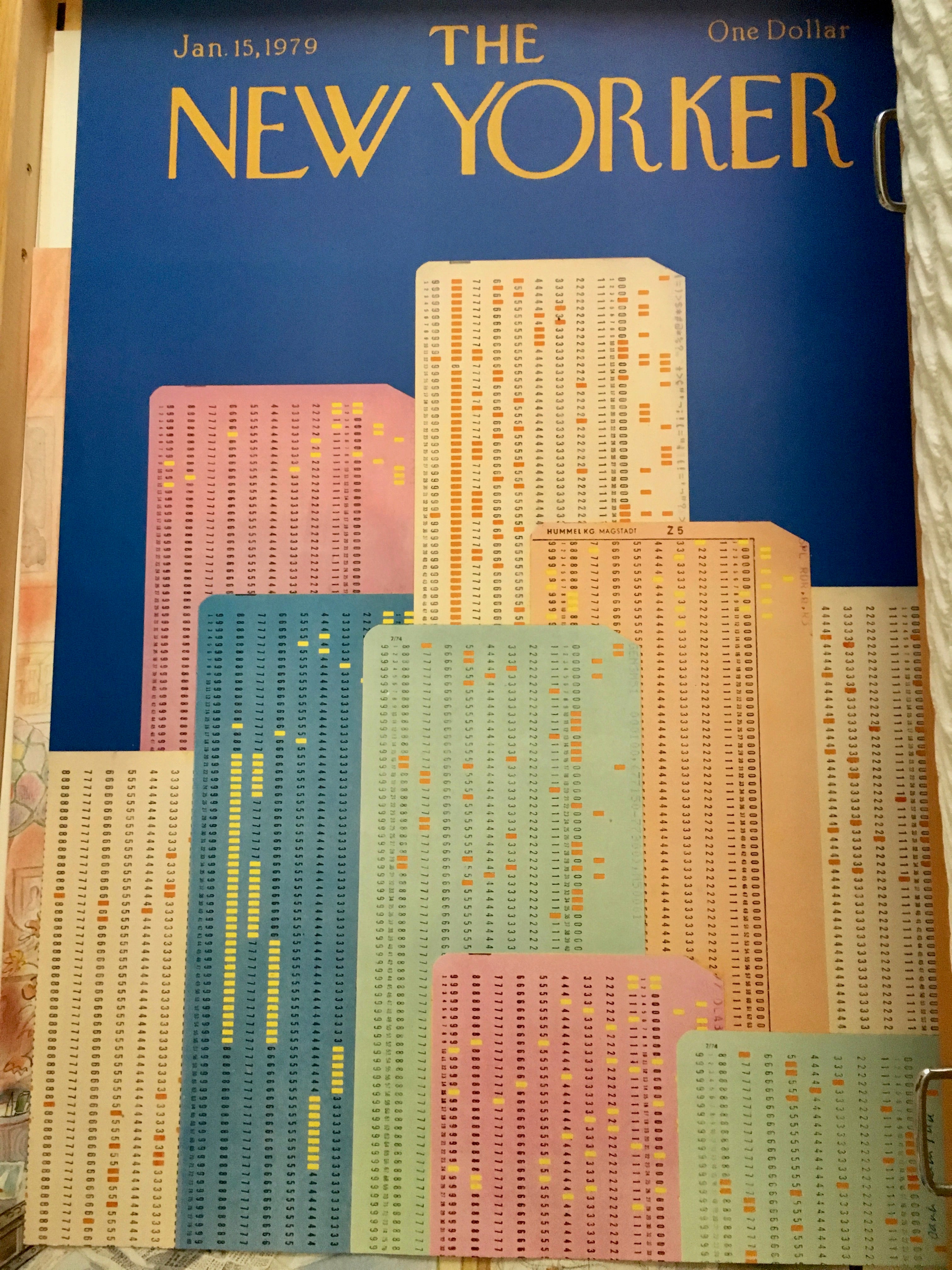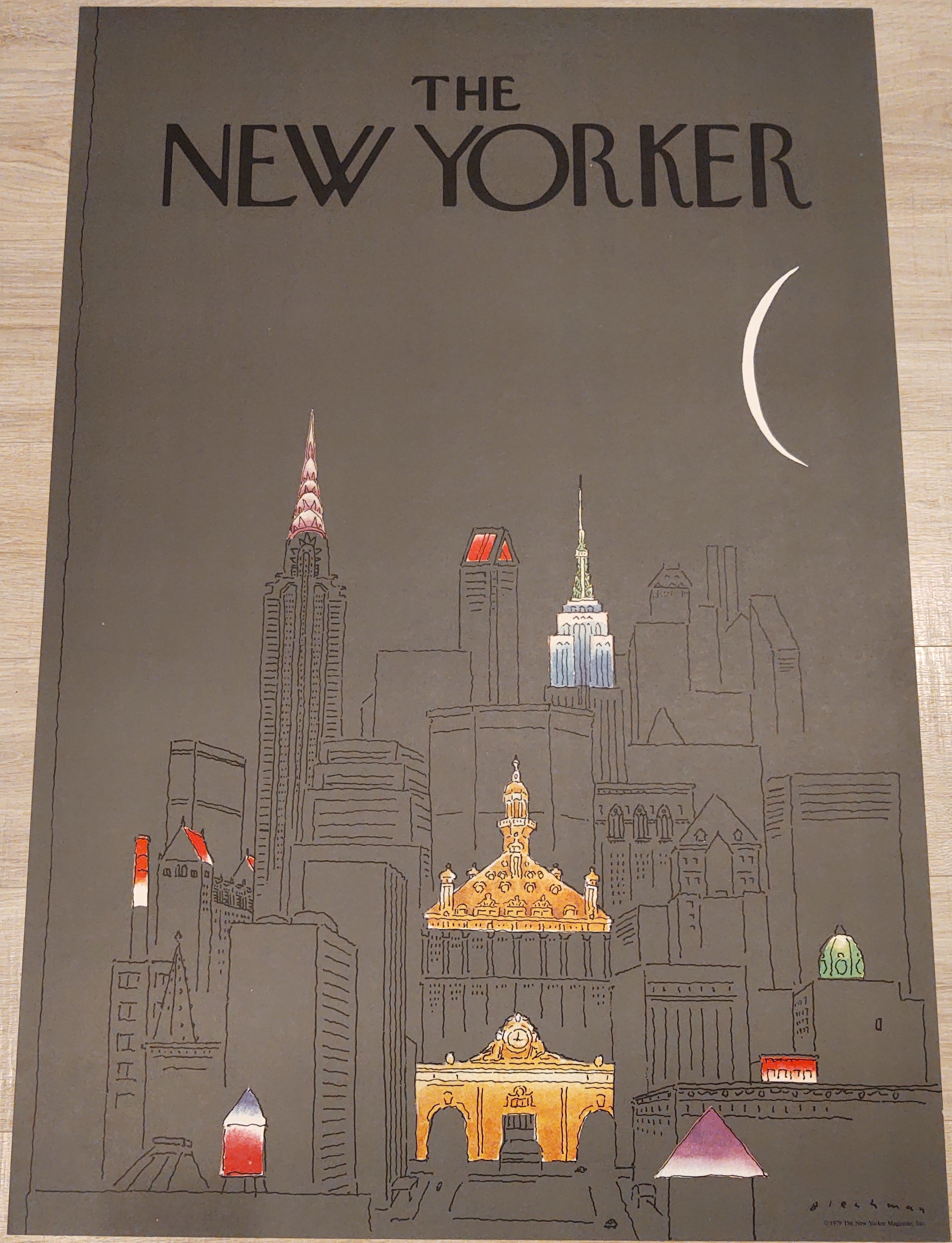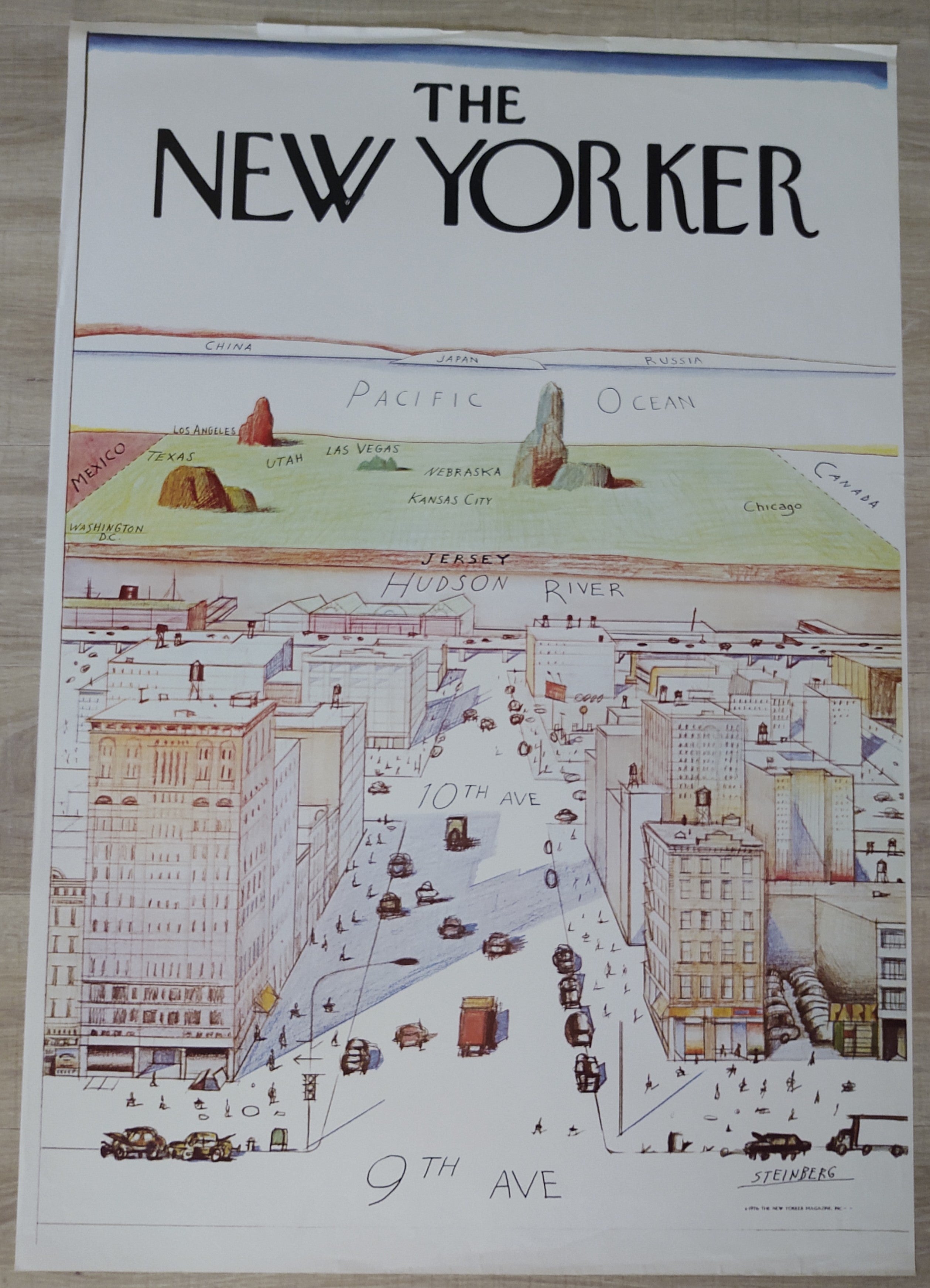




Design Style History: Industrial
Industrial Materials

Distressed Leather
Its weathered texture and worn patina add character and warmth to industrial-inspired interiors, while its durability ensures longevity, making it a functional and stylish choice for furniture and accent pieces in such spaces.

Edison Bulbs
Edison bulbs are vintage-style light bulbs with exposed filaments, reminiscent of early 20th-century industrial lighting. They add a nostalgic charm and ambient glow to industrial interiors, enhancing the rugged yet cozy ambiance with their retro allure.

Iron
Iron is a versatile metal used in industrial interiors for hardware, lighting fixtures, and furniture. Its rugged appearance and dark patina contribute to the industrial aesthetic, adding a sense of authenticity and rugged elegance to the space.

Concrete
Concrete is a defining feature of industrial interiors, prized for its raw, minimalist look and industrial charm. It's used for flooring, walls, and countertops, providing a sturdy and modern backdrop with its smooth or textured surface finishes.

Steel
Steel is a fundamental material in industrial interior design, celebrated for its strength, durability, and sleek appearance. It's commonly used for structural elements, furniture, and decorative accents, adding an edgy and utilitarian aesthetic to spaces.



